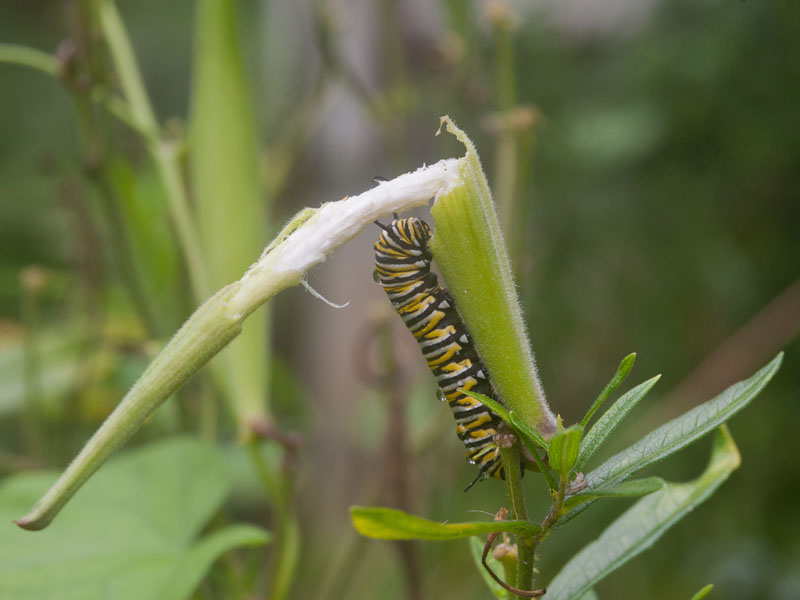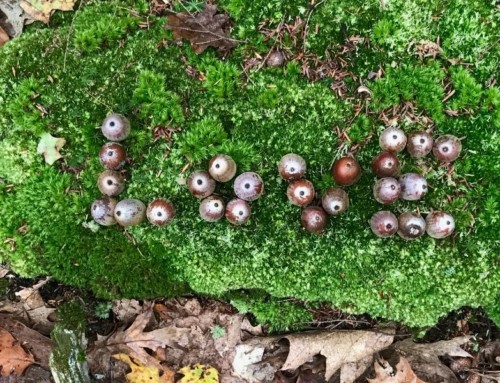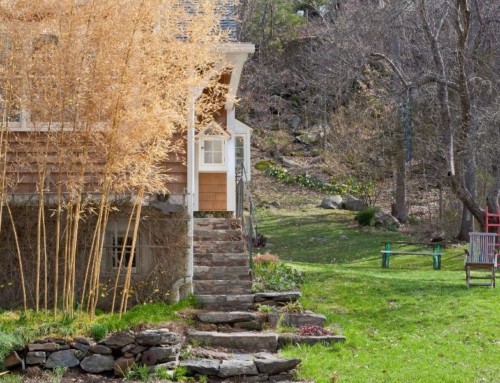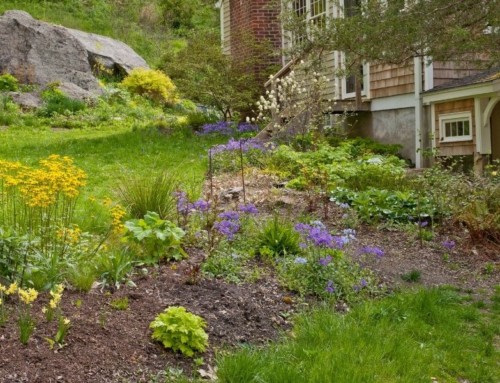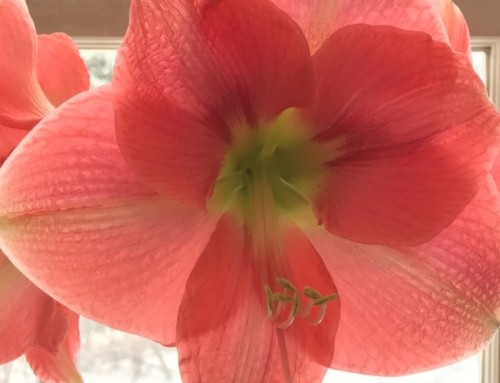As we all know, iconic, fascinating, beautiful (and seriously threatened) monarch butterflies are milkweed specialists.
Adult butterflies feed on nectar from many kinds of flowers, but their larvae (caterpillars) can only eat leaves of plants in the Asclepias family. Which is why that’s where monarch butterflies lay their eggs.
Monarchs don’t lay eggs on a plant unless they smell the right chemical signature. Which they have to get close to do.
So how do monarch butterflies find milkweed plants?
They have to see them first. Monarchs have thousands of ommatidia, optical units arranged in relatively enormous compound eyes.
Adam Baker was a doctoral candidate in the Dept. of Entomology at the University of Kentucky when I heard him speak about his monarch research last fall.
He and his research partner Daniel Parker wanted to understand the value of small Monarch Watch Waystations planted in urban situations, surrounding areas and rural locations. They also established controlled test plots and looked at natural areas.
Were monarchs really visiting them? Laying eggs? Were small gardens or urban situations a trap? Eggs and larvae on every plant in every plot were counted twice a month from July-September for two years.
They were surprised that the arrangement of host and non-host plants, floral and nectar resources, made all the difference, whatever the size or location of the garden.
Since butterflies use visual cues to identify plant shape and leaf form, simplifying visuals simply made milkweed plants easier to find.
Design matters.
Designing Gardens for Maximum Monarch Butterfly Benefit
- Monarchs migrate north in spring, south in fall, so situate gardens open to the North/South axis. When planting close to a building, plant on the east or west side.
- News for gardeners who prefer the “wild” look: Structured gardens attract more egg-laying female monarchs than unstructured, intermingled plantings.
- The best way to attract monarchs is to edge the bed with milkweed species, spaced apart (1.5 meters apart in test plots) a bit (“Monarch eggs and larvae were 2.5–4 times more abundant in gardens having milkweeds evenly spaced in a 1 m. corridor around the perimeter”) and spaced a distance from non-host plants.
- Second best – nectar plants arranged around the perimeter, with milkweeds, evenly spaced, inside.
- Milkweeds attract more females if they are taller than adjacent plants.
- Surrounding milkweeds with mulch helps them stand out.
- In natural stands, monarchs lay more eggs on the tallest plants, and those on the edge of the patch, also on isolated plants.
- Butterfly hotels and bird houses are death traps. European paper wasps are caterpillar specialists that nest in built structures. They gut the caterpillars, leave internal organs on the plant and fly back to their nests with the nutritious non-toxic parts.
According to Monarch Watch, the eastern monarch population has declined more than 80% over the past 25 years. Northeastern monarchs take too long to get to Mexico and last year’s warm fall led to a later-than-normal migration. The winter of 2019-2020 saw a 53.22% overwintering area decrease over the previous year.
Let’s design our gardens to give them all the help we can.
